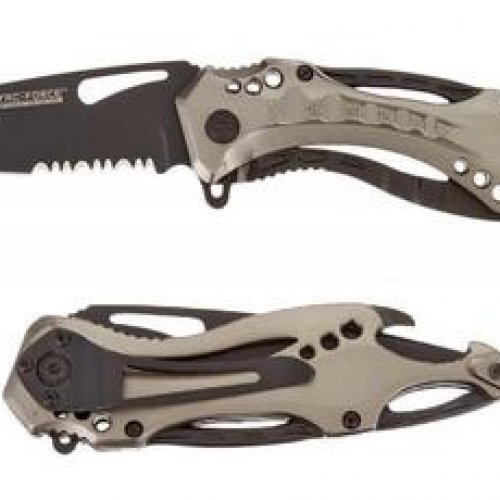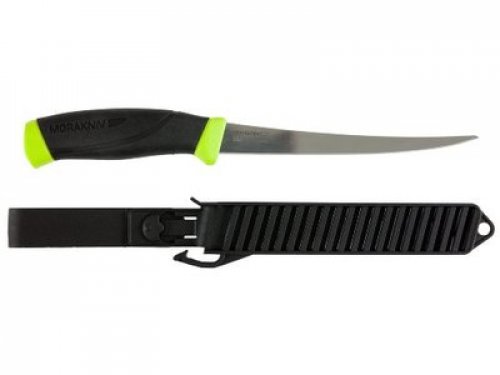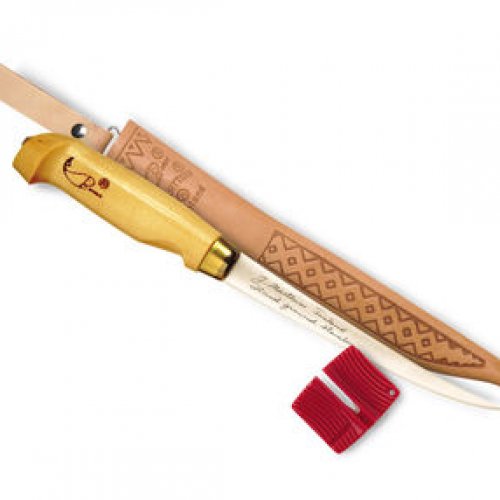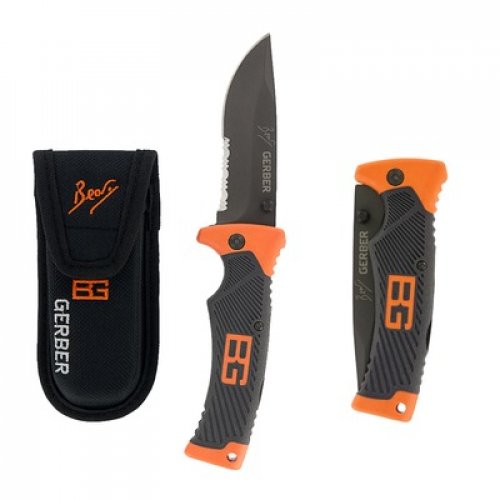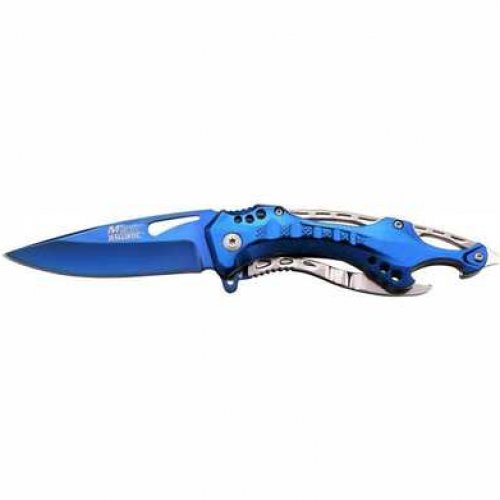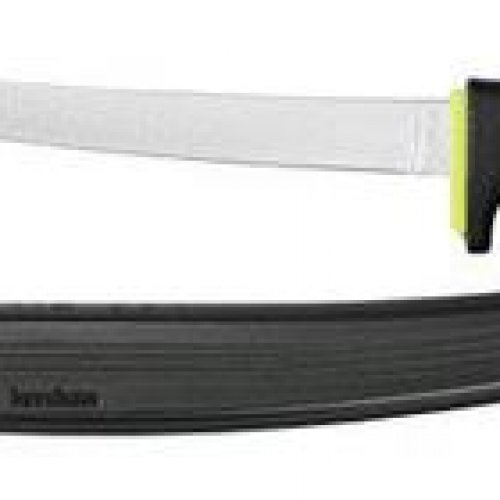Best Fishing Knives Reviewed and Tested
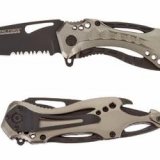
Standout Picks
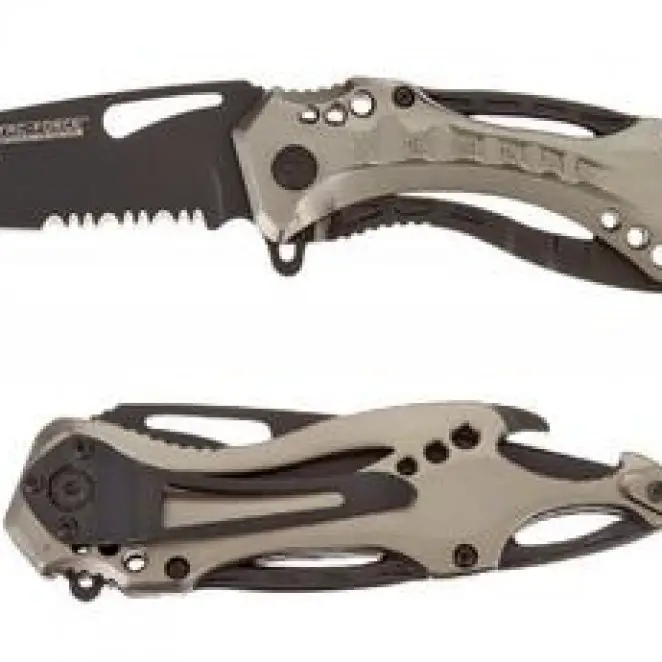
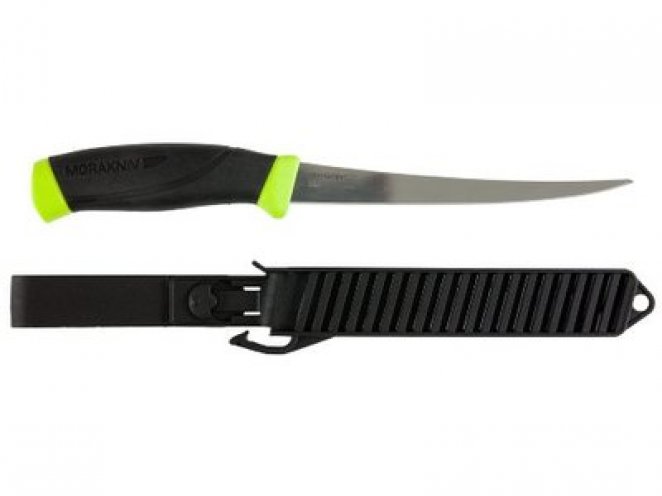
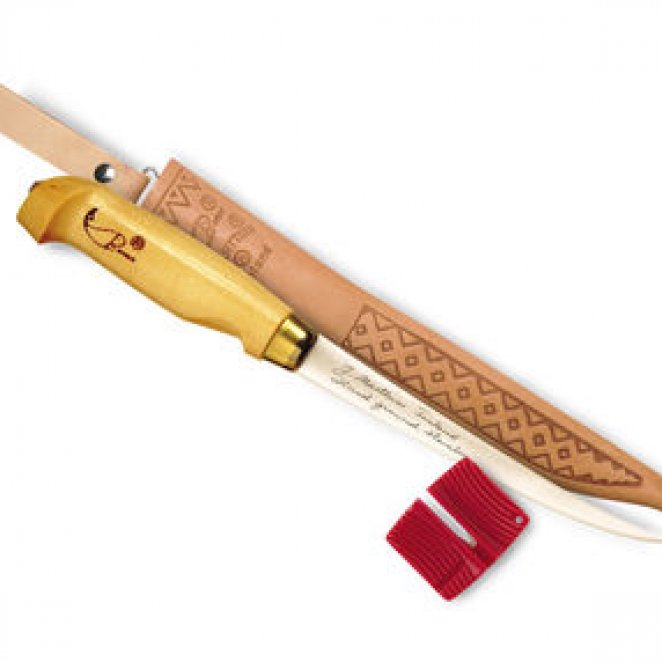
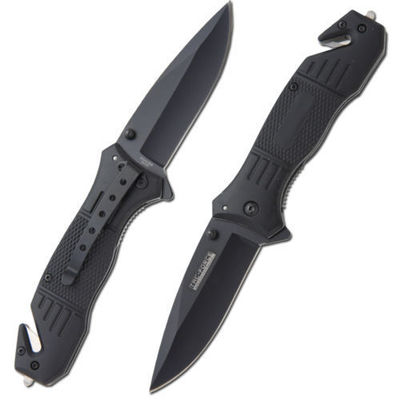
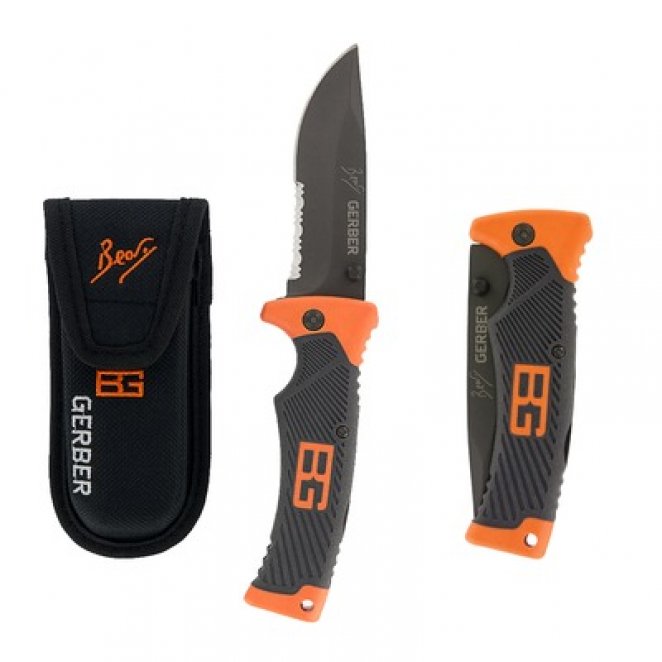
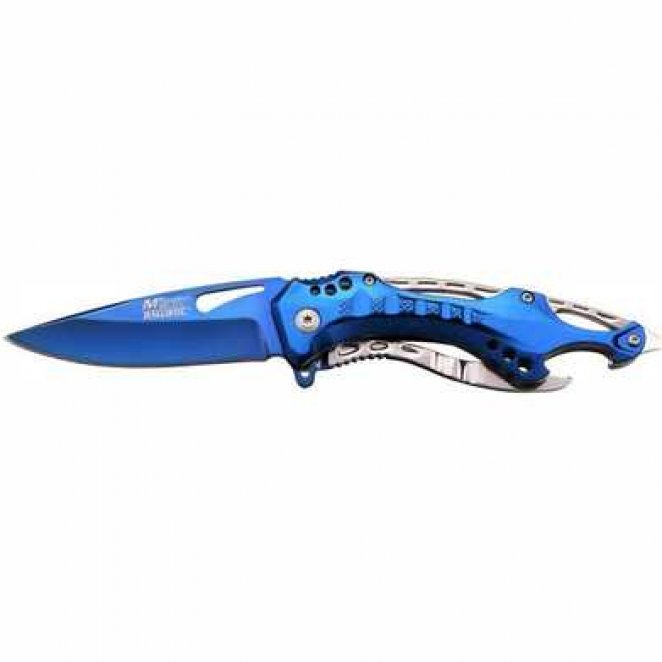
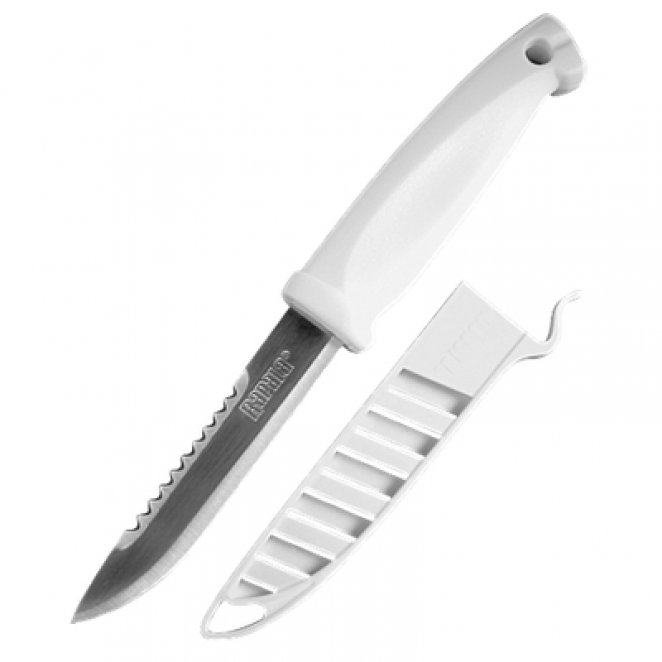
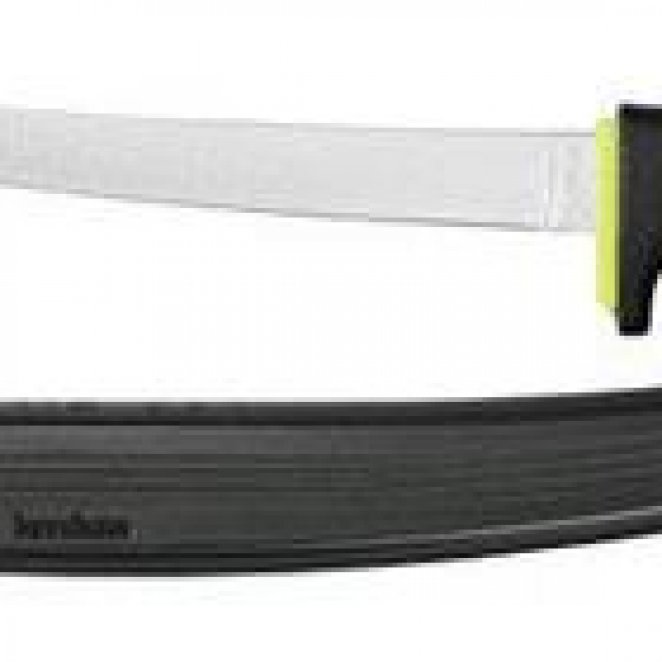
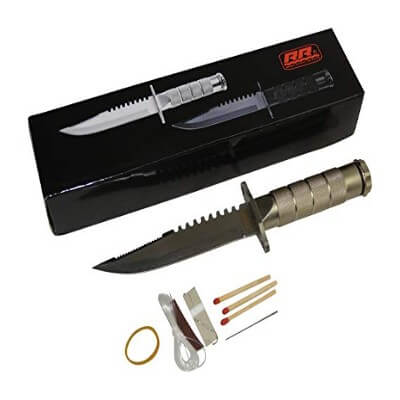
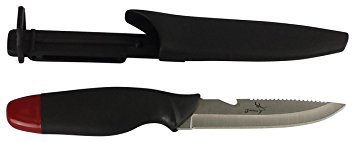
Criteria Used for Evaluation
Use
When it comes to picking out the material for a blade, you need to consider how often you will be using the knife, as well as the type of water you fish within. If you do not fish that often, then you can choose to go with a lower quality of blade, as you don’t need to sink a lot of money into a knife. However, the more often you fish, the higher grade of blade you want, because you do not want to be buying a new knife nearly every time you go out fishing.
Also read about best waders
Materials
The first actually affects the material your blade is made out of. The major determining factor you need to take into consideration is the type of water you typically fish within. Freshwater has a vastly different effect on your blade compared to what fishing in saltwater will do. Saltwater can eat up blades which are not protected from the corrosion that being around salt will do. The price of a knife does not mean it will or will not be protected from salt – you must ensure the material is corrosion resistant. Even stainless steel will have some corrosion if exposed to saltwater for too long. No matter what kind of knife you have, you should always wash your blade as quickly as you can after use.
Features
A higher quality knife is going to be made out of a steel material, not aluminum or a hard plastic material. The lighter weight the blade, the easier it will be for it to break while you are cutting into a fish. The scales along the fish are not that easy to cut into, and therefore you need to have a blade which will easily penetrate the scales and be able to fillet a fish as needed. A higher quality knife will also have an edge which does not have teeth, but rather a smooth or serrated blade from top to bottom. There are different kinds of edges of knives, which all have the strength and weaknesses:
Hollow Grind – The two edges curve into each other until they meet, which gives you an edge that is razor sharp. However, the edge tends to dull easier compared to other edges.
Asymmetrical Grind – This is when the two sides of the blade have different styles. As an example, you could have a curved edge on one side and an angled bevel on the other side. This allows you to have a knife which can give you multiple uses, but you can really only use ½ of the knife at one time.
Flat Grind – The grind of the knife starts right away from the spine, which allows you to have a very sharp edge, but it is not durable and it’s hard to sharpen.
Compound Bevel Grind – The grind within this family is one that gives you a combination of a hollow grind, as well as bringing in a concave design to it. This double grind feature means your knife will not chip or break very easily, as the base of the blade is quite strong; however, it is not as sharp as other knives.
V Grind – The grind of this knife doesn’t start until it is close to the edge, meaning you do not have to take long to sharpen and allow it to keep its shape, which you will have to do often because it does not stay sharp for very long.
Convex Grind – The grind of this blade is more of a curve/convex, and doesn’t start until it is closer to the edge of the blade. This allows the blade to be very durable and hold its shape for a long time; which is good, because it is very hard to sharpen due to is shape.
Chisel Grind – This type of grind is flat on one side, and has an angle on the other side. This angle starts around the middle of the blade, and looks very similar to what you would find on a chisel (hence the name). This kind of angle on the blade means it is very sharp, but it does dull quickly.
Comfort
When it comes to the material that makes up the handle, there is a large variety to choose from. The material matters a little bit concerning durability and the long-lasting quality your knife will have, but not nearly as much as the right blade does. The handle is not affected much by the type of water, the sun or any other weather elements. Whether you have a handle made out of wood, hard plastic, a rubber material or something else, it should hold up under most conditions.
Therefore, the important decision you need to make is how does the handle feel within your hands. The only way to figure this out is to actually hold each one, and see what feels best. Do you want a smooth handle, or one that has ridges in it for your fingers? Do you like to have a handle which is skinny, or one that is wider? Do you want a handle that is longer, or one that is shorter? When it comes to the handle, it is all based on personal preference, so get out there and start holding some knives to see what fits best within your hands!
Top 10 Picks
1. TAC Force TF-705 Series
Number 1 on our best fishing knives list, the TAC Force TF-705 comes in nine different colors, and is a folding knife allowing you to easily carry and store it easily.
Read moreThe knife comes out using a spring system, allowing you to use only one hand to open, which makes it very efficient. The blade is half teeth, half serrated, and is 3 ¼” in length. The blade is also 3mm thick and is made from a stainless steel material. The base of the knife has a clip on it, so it is easy to store on your belt or any other surface that it can slide clip onto.
2. Morakniv Fishing
Morakniv has this Fishing Knife which has a stainless steel blade which is just over 6” in length.
Read moreThe blade starts out wide at the base, and tapers into a point by the end of the 6” blade. The blade is just less than 2mm in width, and the entire knife weighs 3.5 ounces. The grind of the knife is very sharp, and goes the entire length of the blade. The knife is also corrosion resistant, and it comes with a carrying case which allows you to protect the knife while not in use.
3. Rapala Fish’n
The blade on this Rapala Fish’n Knife is 7” in length, allowing you to have a long cut within any size fish.
Read moreThe blade is widest at the base of the handle, and tapers towards a pointed edge at the end of the blade. The blade is made out of Swedish stainless steel, along with a handle made out of a strong birch material. This knife comes with a leather sheath as well as a knife sharpener, so you can always be assured your knife will be protected and sharp.
4. TAC Force TF-800BK Spring
TAC Force has this folding fishing knife within the marketplace, and it has a lot of great options for you to peruse through.
Read moreThe base of the knife comes in seven different colors, so you are sure to find one that meets your personality. The blade is 3 ½” in length, and it is half serrated and has the half of blade closest to the base full of teeth. The blade is 3mm thick, and is in the color of black. The base of the knife has an extra ridge to allow you to easily wrap your fingers around it.
5. Gerber Bear Grylls
This folding fishing knife from Gerber Bear has a blade which is ½ serrated and ½ with teeth, allowing you to cut through most fish with ease.
Read moreThe blade is widest at the base, with the spine staying straight throughout and the grind having a curvature towards the point of the blade. The base is comprised of a rubber material, allowing it to bring comfort and ergonomic capability to your fingers. The sheath for the knife is made from a nylon material, which is resistant to mildew.
6. MTech USA Ballistic MT-A705
This fishing knife from MTech is available in 8 different colors, meaning you can find one which will meet your personality.
Read moreThis folding knife is opened using a spring action, allowing you to open it easily with one hand. This Stainless Steel blade is widest at the base, and has a straight edge along the spine with a Curved design towards the end of the blade to create a very sharp point. The blade is 3 ¾” in length when out from the base, and is 3mm thick.
7. Rapala 4”
This Stainless Steel blade on the Rapala Bait knife is 4” in length, and it is fully serrated across the entire blade.
Read moreThe blade is widest at the base, with the spine staying straight. In the middle of the spine, you will see there are some teeth which can be used to cut line as needed. The base of the knife is fully molded in order to bring comfort and ease to your fingers. Comes with a sheathing case, so your knife will be protected from the elements while not in use.
8. Kershaw Fillet Knife
Kershaw has this fishing knife available which comes with a sheathing case made out of a polymer material.
Read moreThis model of knife has two different sizes available, which are 7” and 9”. The overall weight of the knife is 4 ounces. The actual blade of the knife has a straight tapered design to it, with the spine actually having an upwards angle, allowing the length of the blade to give you as much grind space as possible.
9. Rogue River Knife
This fishing knife from Rogue River is more a survival kit, coming with all kinds of different accessories to ensure you have a knife that can help you get out of any situation.
Read moreThe total length of the knife, from base to tip, is 8 ½”, and there is a sheath made out of nylon for the blade. The blade is comprised of a stainless steel material, which means it is more corrosion resistant. The blade is also fully serrated from base to tip, with only a small curved angle towards the top of the blade to give it a tip.
10. Oaks Fishing
The blade on this Fishing Fillet knife from 3oaks is made out of a stainless steel material, meaning it is corrosion resistant.
Read moreThe length of the blade is 5 5/8” long, with the entire knife being close to 12” in length. It comes with a carrying case which can easily clip onto a belt. The spine of the blade has both a notch for you to easily cut a line, as well as some teeth to cut different types of material. The grind of the blade is mostly straight until you get closer to the tip, where it curves up to create the point.
Sources
- , 10 Best Fishing Knives In 2019, Buying Guide
- , Best Fishing Knives, Buying Guide















